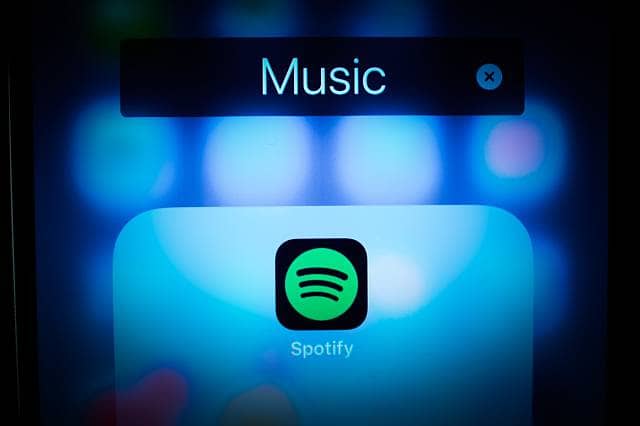Spotify is not only a streaming service for musicians of the current generation, but it serves as an important instrument of exposure and developing a career. Having your song featured in the right playlists can boost your song by just a few hundred streams to thousands, or even millions. Regardless of whether you are an independent artist or a member of a label, it can be a matter of life and death to know how playlisting works.
Have you ever wondered how songs end up in the popular playlists and what you can do to have a better chance of being there? This guide is going to take you through all you need to know.
Understanding the power of Spotify playlists
blog.venturemagazine.net
Why playlists matter
One of the primary sources through which listeners learn about new music on Spotify is through the playlists. When your track comes into playlists, it gets in front of people who have not necessarily typed your name into the search engine- but who can appreciate your sound when they hear it. Playlists provide access to engaged audiences both with personal mixes, such as Discover Weekly, or curated editorial lists.
Different types of playlists
Spotify playlists can be categorized into three:
Algorithmic Playlists: Spotify playlists created on the basis of listening habits. They can be Release Radar and Discover Weekly.
Editorial Playlists: Playlists that are organized by the in-house Spotify team. Singing on one of them can provide your song with enormous publicity.
User-Curated Playlists: User-generated, typically by an everyday user, influencer, or brand. They might not reach out to millions of followers, but could generate stable, niche traffic.
Knowing the mechanics of these playlists assists you to know where to focus on and how to pitch your songs well.
How to submit your music for playlist consideration
You will need Spotify for Artists to have your song included in an official playlist on Spotify. It is called the dashboard, and by default, you get to control your profile by tracking performance and sending unreleased tracks to the editorial team at Spotify.
To begin, claim your Spotify for Artists account (if you do not have one). After verification, you will have a chance to access the useful information regarding the listeners, the origin of the streams, and the most suitable songs.
Here are some important things you should do:
- Send your song at least one week prior to the release date.
- Complete the information in the submission form such as genre, mood and instruments.
- Write a clear and concise pitch on the story or inspiration of the song.
An insightful pitch presents the editors of Spotify with additional reasons to listen and a higher probability of making it into a playlist.
Leveraging Spotify’s algorithm to your advantage

www.igroovemusic.com
Encourage listener engagement
The Spotify algorithm tips its hat to which songs are saved, replayed, or included in their playlist. To induce this, emphasize producing music that interests the listeners at the beginning- preferably within the first 15 seconds. Market your music in such a manner that makes people interact rather than listen once.
Maintain a steady release schedule
Regular releases of music make you a known artist in the eyes of Spotify. Every new song opens a new exposure opportunity on the algorithmic playlists, such as Release Radar. It will also help to hold your audience interested and provide the algorithm with more information to operate with.
One of the least considered playlist success factors is consistency. A song has a slow progress to go viral; however, consistent releases grow your collection and prompt more streams in the long term.
Turning playlist streams into loyal fans
You can get a quick increase in listeners by being featured on playlists, but it really depends on what you do after that. When people get to know about your music, ensure that you give them a reason to stay. With your social media, update your Spotify profile with new photos, biography, and links.
Another way of showcasing the new releases and visualizing your songs is through the Spotify “Artist Pick” feature and the Spotify Canvas feature. Such minor details make your profile more interesting and can convert first-time listeners into followers.
Conclusion
Spotify playlists may be one of the most impactful tools to develop your music career. They place you before a different audience and set the trust and increase your overall streams. The disclosed playlisting process, opting to make the most of Spotify as an artist, and the establishment of long-term plans will help you sustain the steady growth. One should keep in mind that the playlists cannot succeed within a few days. It is all about continuity, clever marketing, and sincerity. You will eventually have your music playing in more ears with time and effort, and you will have more casual attendees becoming fans.








